Rowan Gibson, author of Innovation to the Core, provides a manual full of graphics, illustrations and photographs, with numerous pages tinted different shades to suggest that you can change how you see even ordinary things. Gibson proposes a system of innovation that incorporates various models of the human brain. He provides a broadly applicable set of tools to help you innovate by using four points of view or lenses: “challenging orthodoxies,” “harnessing trends,” “leveraging resources” and “understanding needs.” His examples are numerous and vivid. The clear style and jazzy – though sometimes a bit busy – design elements make Gibson’s ideas easy to apply. getAbstract recommends his guidebook to those seeking a boost in their creativity and ability to innovate, and to readers looking for tools to share with their entire organization.
The Innovator’s Mind
People living in different historical periods held varying beliefs about sources of creativity. Ancient cultures like the Sumerians believed that new ideas and creativity sprang not from their actions but came as gifts from the gods. The Judeo-Christian perspective regards God as the creator, with human innovation stemming from divine grace. The Greeks saw inventions as coming from the Muses or from a pantheon of gods – both beyond the human realm. The Romans believed “in a tutelary deity” who inspired people. But after the Roman Empire collapsed, the Catholic Church preached conformity, dogma and the suppression of individual ego.
Everything changed with the Renaissance, which had roots in the emergence of city-states as hotbeds of culture and innovation, urbanization, the rediscovery of classical learning, and an expansive new mind-set. The Renaissance mind joyously explored the world. The great thinkers of the Renaissance established the models for four tools – or “lenses” – that still inspire innovation: “challenging orthodoxies,” “harnessing trends,” “leveraging resources” and “understanding needs.” Use the four lenses to fuel innovation by...










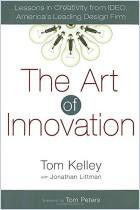
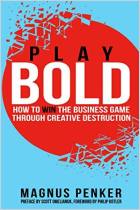
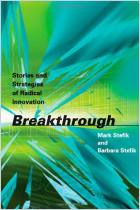
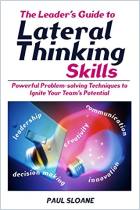
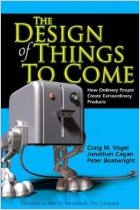
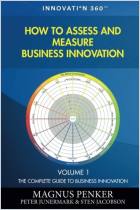



Comment on this summary or 开始讨论